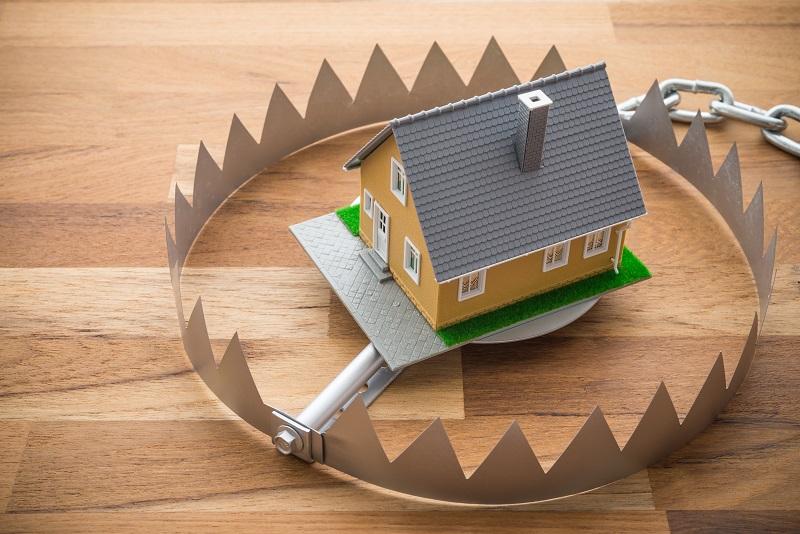Purchasing a house stands apart from other transactions as it involves selecting the place where you and your family will reside for years, if not a lifetime. Thus, ensuring that the residential property aligns with your preferences is crucial. When navigating the real estate market, it’s imperative not to rely solely on appearances or information provided. Buyers, in collaboration with their trusted realtor, must exercise extra caution throughout the entire house-hunting and buying process.
Even without extensive real estate knowledge, any buyer seeking a new home can be vigilant for certain aspects during the home-hunting phase to avoid unpleasant surprises. To steer clear of undesirable residential properties that may cause more harm than good, here are 11 red flags to be wary of when making your home purchase.
- The Price Is Too Good To Be True:
While everyone desires a good deal, opting for the cheapest option may not be the wisest choice. By perusing various online real estate listings, you can gauge the typical prices for properties in a given area. If a house’s price seems unusually low, exercise caution, inquire with your realtor, and investigate the reasons behind its value. - Not Enough Pictures In the Online Listing:
A scarcity of high-quality photos in a listing is a significant red flag. Although online listings have limitations, most reputable real estate firms make an effort to showcase a property through photos. Insufficient pictures may indicate that the property may not live up to expectations in real life. - Immediate Move-Out by Previous Owners:
The speed at which the previous occupants vacated the premises can be a red flag. While this might not heavily influence your decision, understanding the reasons behind their swift departure is advisable. If possible, contact the previous occupants for insights. - Re-listing Immediately After Being Under Contract:
If a property reappears on the market shortly after being under contract, it raises questions. Consult your realtor, who can determine the last contract date and identify any unusual circumstances. - Moldy Smell:
During inspections, pay attention to more than just the aesthetics. Unpleasant odors may suggest poor maintenance. Strong air fresheners may be used to mask underlying issues, so investigate further. - Insect or Pest Manifestation:
Active insect, termite, or pest presence can compromise a property’s quality. Subtle signs include a hollow sound when knocking on wood surfaces or small brown droppings near walls. - Plumbing Problems:
Severe plumbing issues revealed in a home inspection could be a red flag. However, some plumbing problems, like a loud toilet or slow-draining tub, can be rectified post-purchase. - Cracks in the Foundation:
Large cracks indicate a weak foundation. Cracks exceeding 1/2 inch should prompt a structural expert inspection. Minor cracks are normal, but extensive fractures warrant attention. - Fresh Paint on Walls:
While fresh paint can enhance walls, stains or sagging surfaces may indicate larger issues like water damage, mildew, or mold. Have an inspector examine potential underlying problems. - Excessive Properties for Sale on the Same Street:
A surplus of for-sale properties on a single street could signal location issues. Discuss this observation with your realtor to understand potential concerns. - House Flips:
If the property was acquired and renovated by a developer, investigate the quality of the work. Cosmetic changes might not address critical components, necessitating thorough scrutiny.
In conclusion, it’s crucial to remain vigilant during the home-buying process. Before committing to a property, discuss these red flags with your trusted realtor to make an informed decision.

